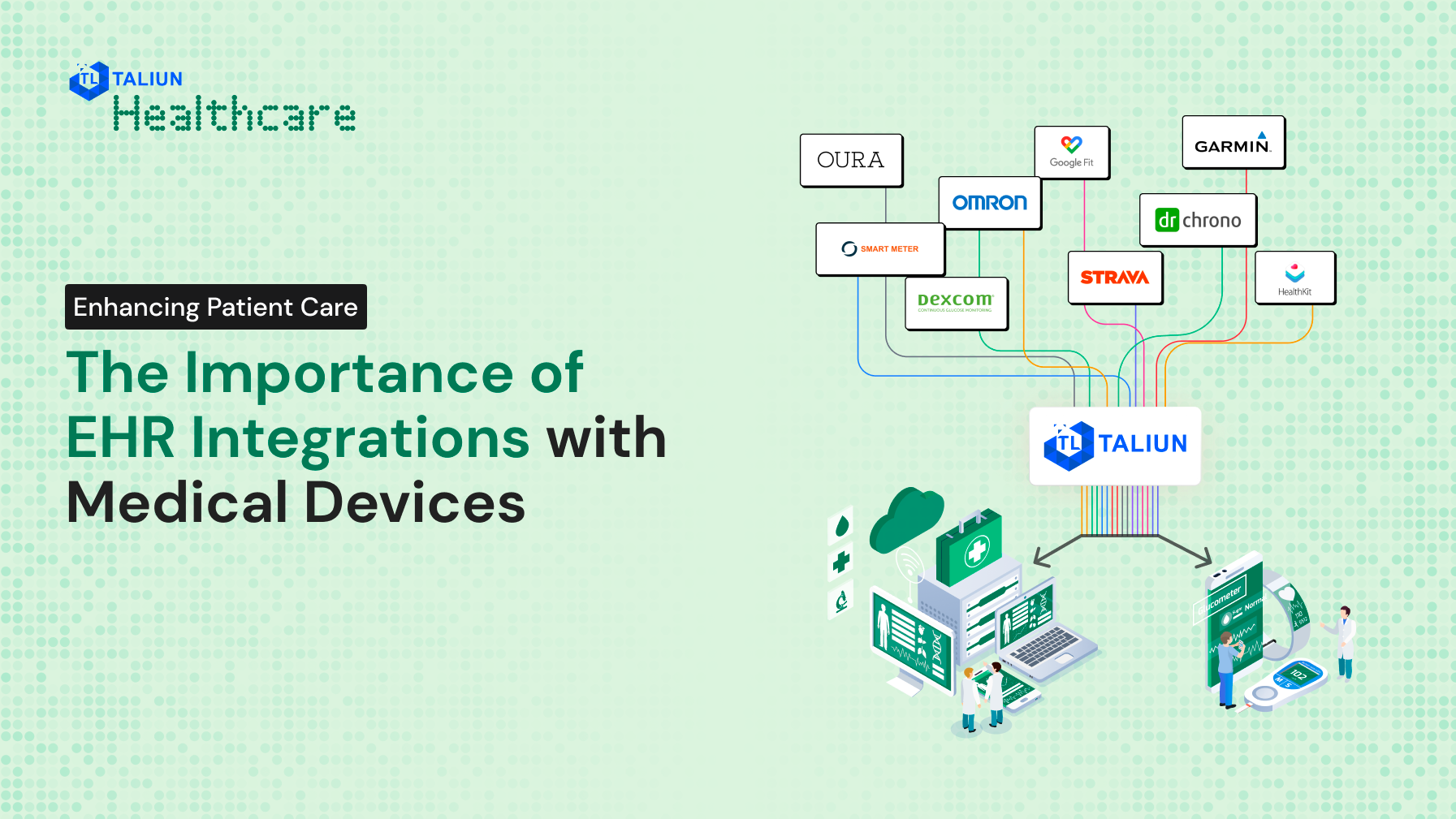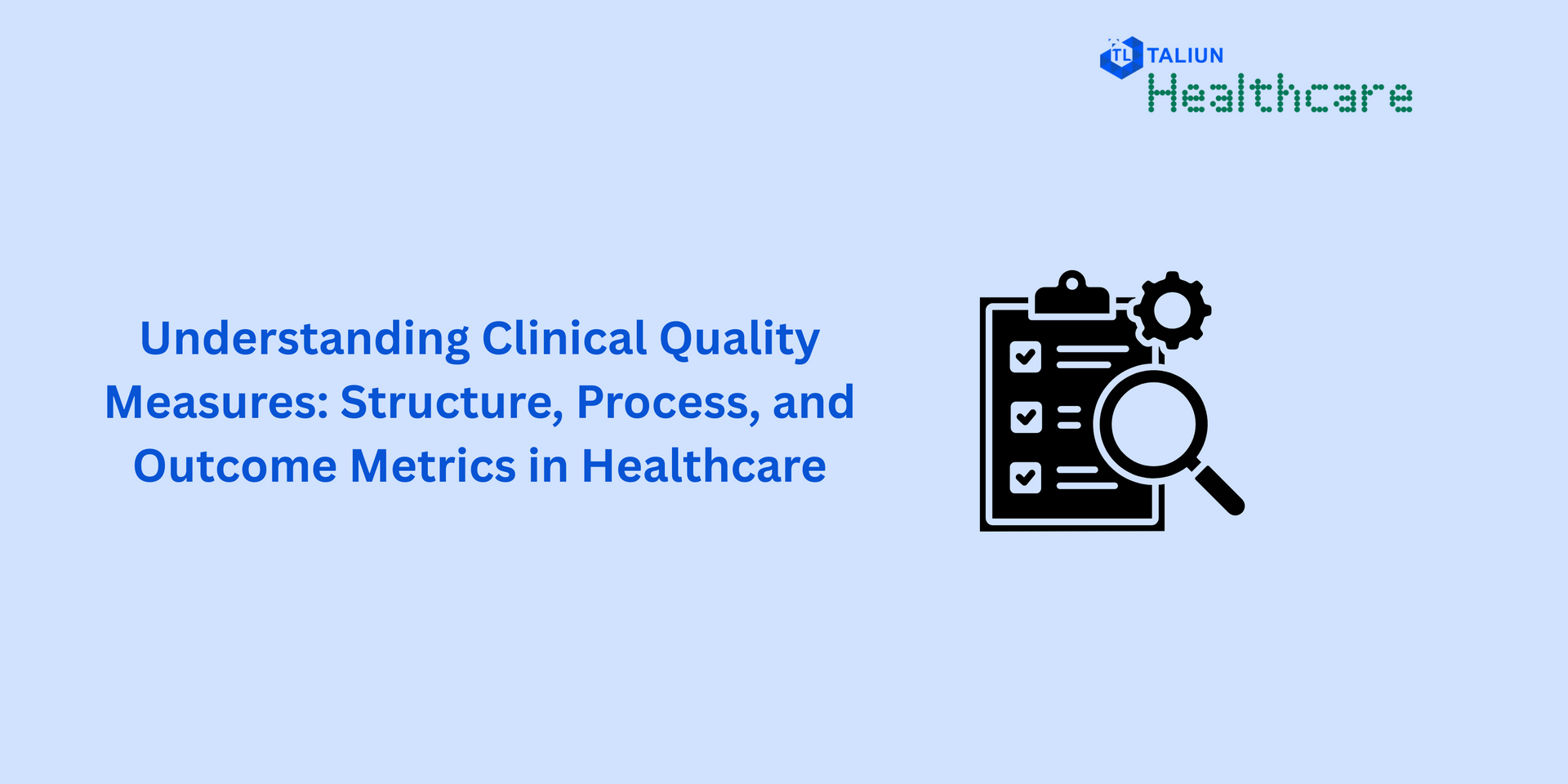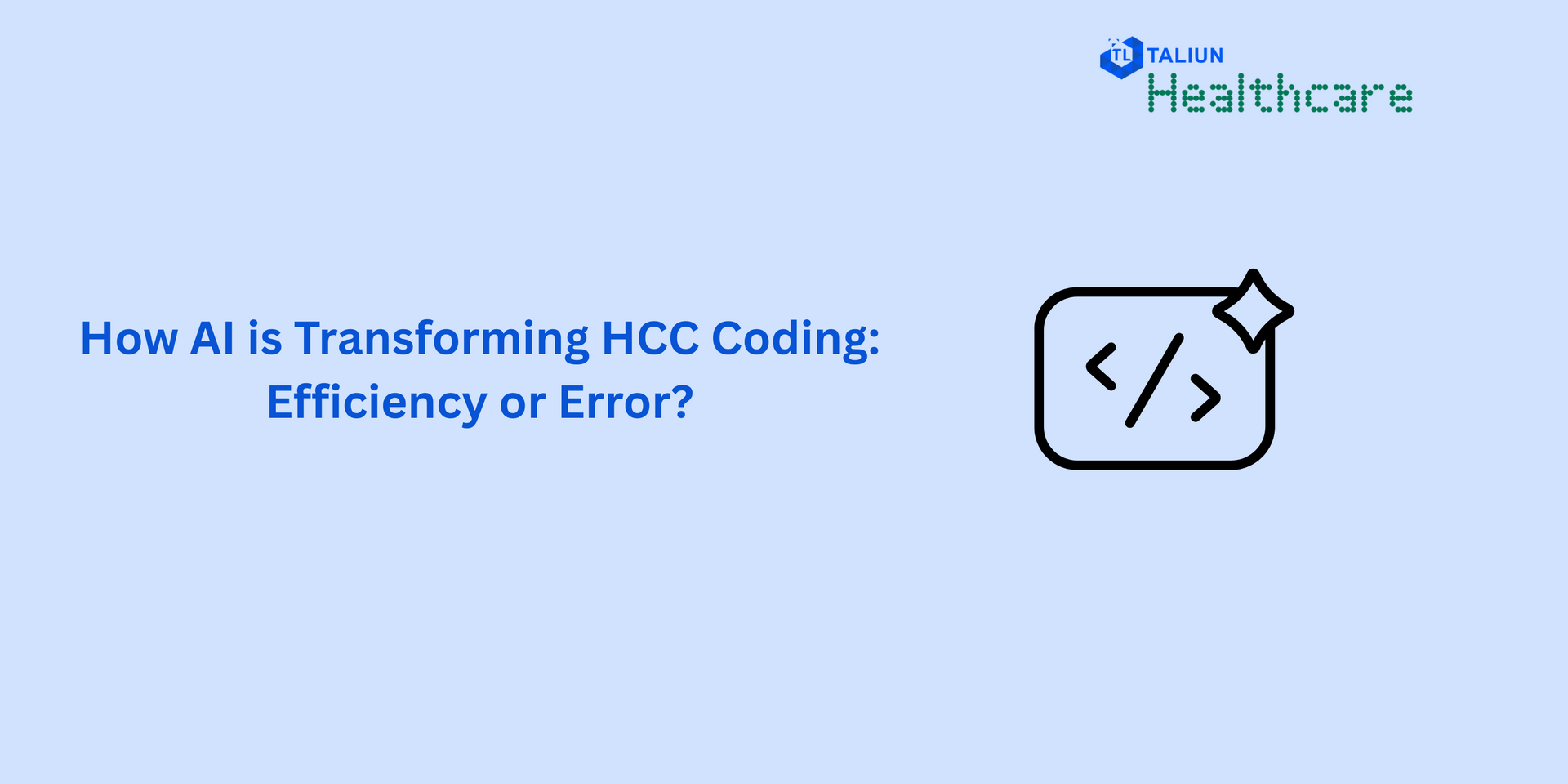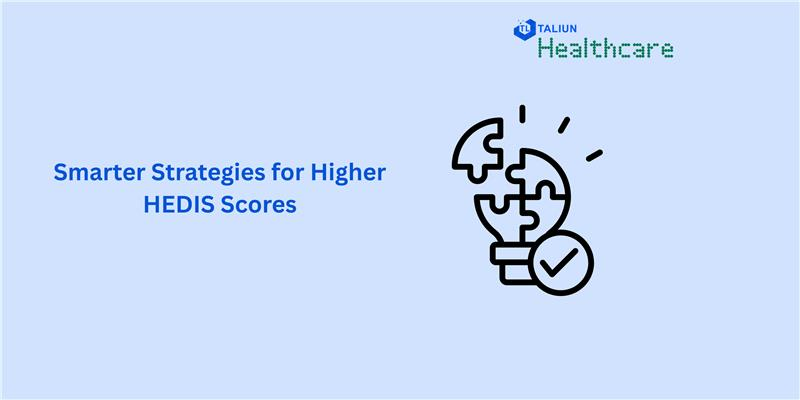Enhancing Patient Care: The Importance of EHR Integrations with Medical Devices

In the rapidly evolving landscape of healthcare technology, Electronic Health Records (EHRs) have revolutionized the way patient data is collected, stored, and accessed. Simultaneously, medical devices have advanced significantly, providing clinicians with valuable insights and diagnostics to improve patient care. However, the true power lies in the seamless integration of these two components: EHR systems and medical devices. In this article, we'll explore the significance of EHR integrations with medical devices and how they contribute to enhanced patient care.
Understanding EHR Integrations with Medical Devices
EHR integrations with medical devices involve the interoperability between these technologies, allowing for the automatic exchange of data. This integration enables real-time monitoring, data capture, and analysis, creating a comprehensive view of a patient's health status. Medical devices such as wearable sensors, infusion pumps, glucose monitors, and cardiac monitors can seamlessly transmit vital signs, diagnostic results, and treatment information directly into the patient's electronic health record.
Advantages of EHR Integrations with Medical Devices
1. Enhanced Data Accuracy and Efficiency: By integrating medical devices with EHR systems, manual data entry errors are minimized, ensuring accuracy and reliability of patient information. This automation saves valuable time for healthcare providers, allowing them to focus more on patient care rather than administrative tasks.
2. Improved Clinical Decision-Making: Real-time data from medical devices integrated into EHRs empower clinicians with up-to-date information to make informed decisions promptly. For instance, continuous monitoring of vital signs through wearable devices can alert healthcare professionals to potential health crises before they escalate, enabling timely interventions.
3. Streamlined Workflows: Integration between EHRs and medical devices streamlines clinical workflows by eliminating the need for duplicate data entry and reducing the risk of transcription errors. This efficiency improvement leads to smoother patient care processes and enhances overall healthcare delivery.
4. Remote Patient Monitoring: EHR integration enables remote patient monitoring, allowing healthcare providers to track patients' health status outside traditional healthcare settings. This is particularly beneficial for managing chronic conditions and post-operative care, as clinicians can monitor patients' progress remotely and intervene as needed.
5. Seamless Documentation and Reporting: Integrated EHR systems automatically capture data from medical devices, facilitating comprehensive documentation of patient encounters and treatment outcomes. This documentation not only ensures compliance with regulatory requirements but also supports accurate reporting for quality improvement initiatives and research purposes.
Key Considerations for Successful Integration
1. Interoperability Standards: Standardized protocols and interfaces, such as HL7 (Health Level Seven) and FHIR (Fast Healthcare Interoperability Resources), are essential for seamless integration between EHR systems and medical devices. Ensuring compatibility with these standards is crucial for successful data exchange.
2. Data Security and Privacy: Protecting patient data is paramount in healthcare. Robust security measures, including encryption, access controls, and compliance with HIPAA regulations, must be in place to safeguard the confidentiality and integrity of health information transmitted between EHRs and medical devices.
3. Vendor Collaboration: Collaboration between EHR vendors and medical device manufacturers is essential to develop interoperable solutions that meet the needs of healthcare providers and comply with industry standards. Close coordination ensures smooth integration and ongoing support for the integrated systems.
4. User Training and Support: Adequate training and support are necessary for healthcare professionals to effectively utilize integrated EHR and medical device systems. Training programs should focus on system usability, data interpretation, and troubleshooting to maximize the benefits of integration.
Conclusion
In conclusion,
EHR integrations with medical devices play a crucial role in enhancing patient care by providing clinicians with timely, accurate, and comprehensive information to support clinical decision-making. The seamless exchange of data between EHR systems and medical devices improves efficiency, streamlines workflows, and enables remote patient monitoring. However, successful integration requires adherence to interoperability standards, robust security measures, vendor collaboration, and comprehensive user training. By embracing and optimizing EHR integrations with medical devices, healthcare organizations can unlock the full potential of technology to deliver high-quality, patient-centered care.




